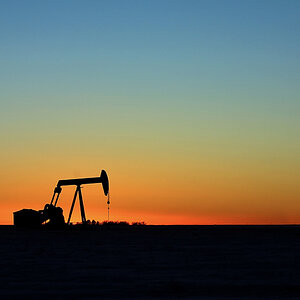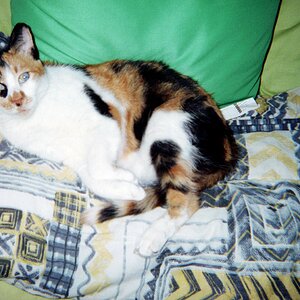SteveEllis
TPF Noob!
- Joined
- Nov 14, 2005
- Messages
- 413
- Reaction score
- 1
- Location
- United Kingdom
- Can others edit my Photos
- Photos OK to edit
Hi Guys,
I would like to start buying filters, but I dont know anything about filters. Could you give me some info please? Any example photos would be awesome
Is IR a totally different photography technique or is that just a filter too?
Thanks,
Steve.
I would like to start buying filters, but I dont know anything about filters. Could you give me some info please? Any example photos would be awesome
Is IR a totally different photography technique or is that just a filter too?
Thanks,
Steve.



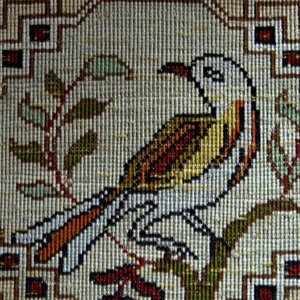

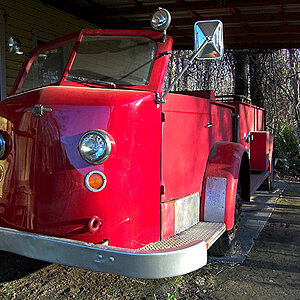
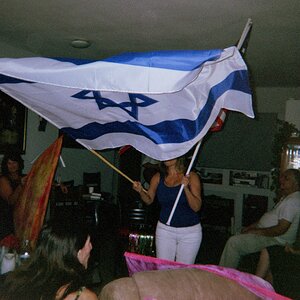
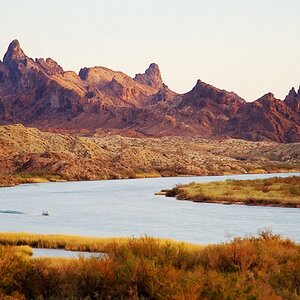
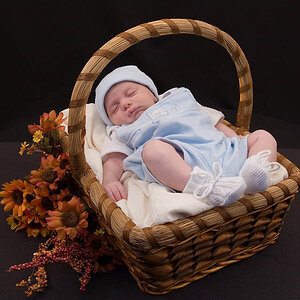
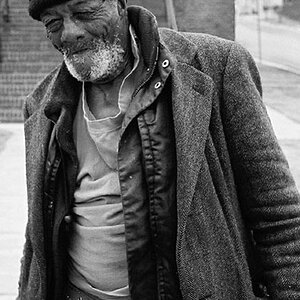
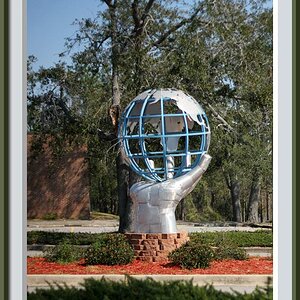
![[No title]](/data/xfmg/thumbnail/42/42018-14ee16974751322cd63966d43d655995.jpg?1619739979)
